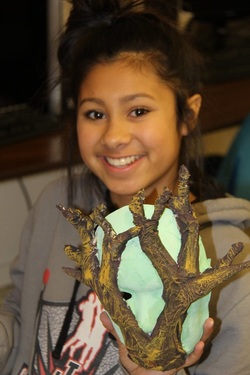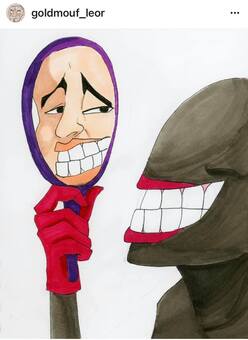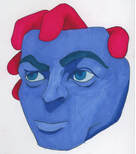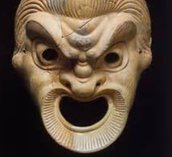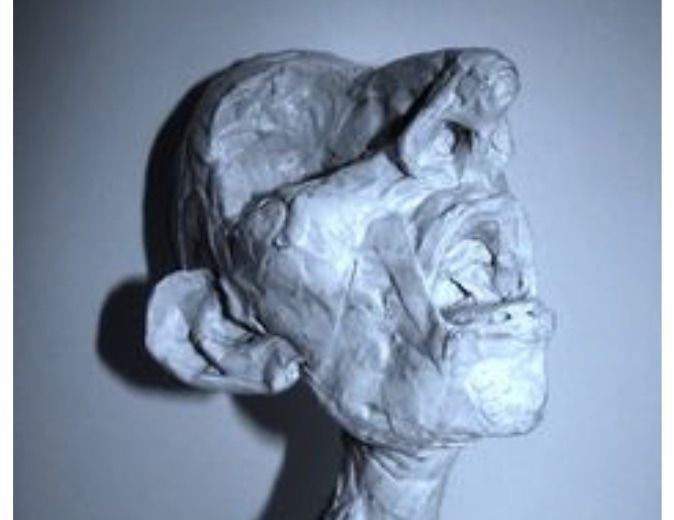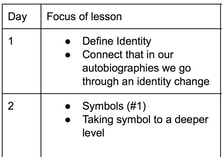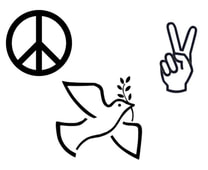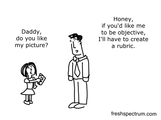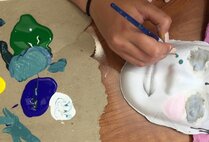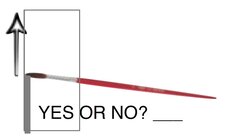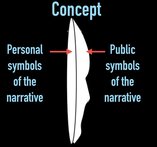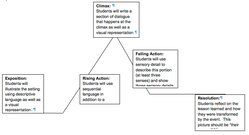Where to get the paper masks: This is one source for the masks we used and here is another source. The usual price is a little more than $1 per mask. (affiliate links)
Mask PowerpointThis Powerpoint shows the history and culture of masks, introduces the project and the teaching artist.
|
Mask buildingPresentation over several days detailing how to build geometric and organic forms as well as painting and color theory
|
TimelineA suggested eleven day timeline for this project which alternates between ELA and Art instruction.
|
Symbols 1In this worksheet student look at overused cliché symbols and how they compare to symbols that come from personal stories. Works well after this presentation.
Rubric |
Symbols 2The elements of art such as color, texture and value as well as the principles like size communicate different things.
Painting SkillsThis is a quick (25 minute) exercise in how to mix paint and control the paintbrush. The teacher version with answers is here.
|
Mask partitioningConsider how the various areas of the mask each have special significance and can be used to convey symbolic meaning.
StoryboardA storyboard to help plan the narrative
|

